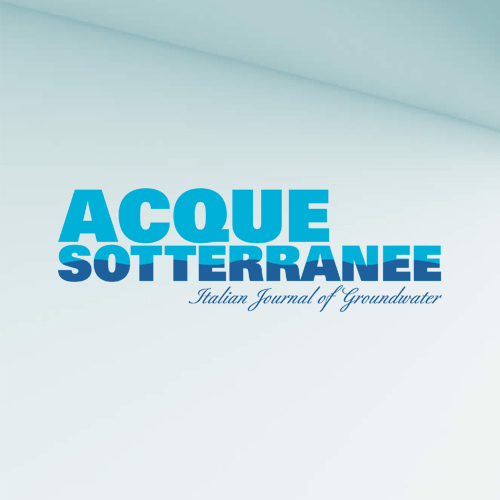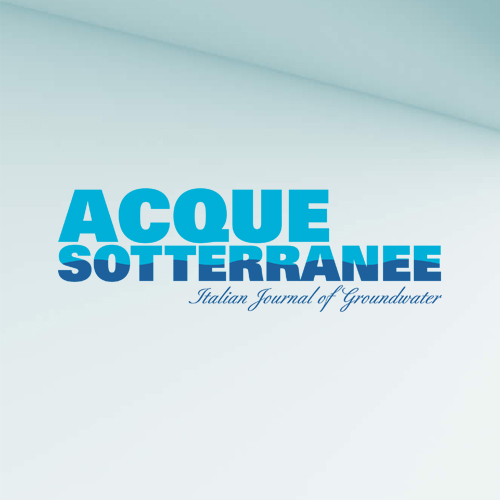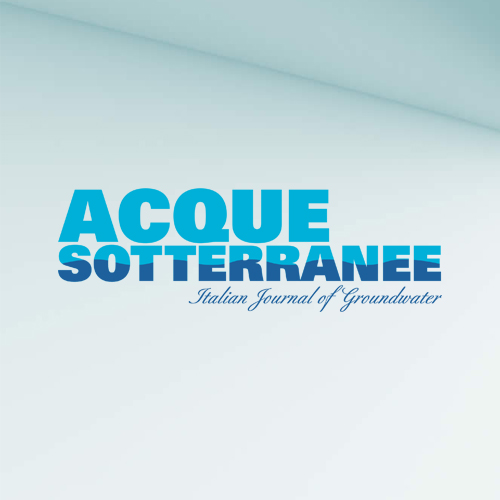Reassessment of Plio-Quaternary aquifer mineralization (Sidi Mansour plain, Southern Tunisia): a machine learning approach
Accepted: 6 February 2025
All claims expressed in this article are solely those of the authors and do not necessarily represent those of their affiliated organizations, or those of the publisher, the editors and the reviewers. Any product that may be evaluated in this article or claim that may be made by its manufacturer is not guaranteed or endorsed by the publisher.
Authors
Understanding aquifer mineralization is crucial for sustainable water resource management. Thus, the Plio-Quaternary aquifer of the Sidi Mansour plain was studied in detail for reassessment of its heterogeneous mineralization water. Geochemical analysis and stable (18O, 2H) and radiogenic isotope (3H, 14C) analyses have provided a better understanding of the hydrodynamics and mineralization processes underlying the chemical composition. An artificial neural network was used for an integrated groundwater assessment in the Sidi Mansour area via the prediction of total dissolved solids (TDS). To the west, the Plio-Quaternary aquifer has a Na-Ca-SO4 facies with high salinity because of mineral dissolution, mixing, and upward percolation of deeper waters through the Om Ali fault (contribution up to 96%). To the east, predominantly Ca-SO4 waters are less mineralized due to the infiltration of recent precipitation. Salinity prediction using machine learning indicated that the proposed model achieved high efficiency. The backpropagation neural network model results (10:4:1) indicated high accuracy of the trained algorithm, as confirmed by a cross-validation test (high accuracy [88.89%], specificity [100%], and R2 [0.9687]). This study highlights the importance of this model in predicting salinity for the Plio-Quaternary aquifer in this region.
How to Cite

This work is licensed under a Creative Commons Attribution-NonCommercial 4.0 International License.
PAGEPress has chosen to apply the Creative Commons Attribution NonCommercial 4.0 International License (CC BY-NC 4.0) to all manuscripts to be published.
Similar Articles
- Saad Younes Ghoubachi, Geology of groundwater occurrences of the Lower Cretaceus sandstone aquifer in East Central Sinai, Egypt , Acque Sotterranee - Italian Journal of Groundwater: Vol. 5 No. 4 (2016)
- L. F. Jorgensen, L. Troldborg, M. Ondracek, I. K. Seidenfaden, J. Kidmose, C. Vangsgaard, K. Hinsby, Groundwater resilience, security, and safety in the four largest cities in Denmark , Acque Sotterranee - Italian Journal of Groundwater: Vol. 13 No. 3 (2024)
- Giuseppe Sappa, Flavia Ferranti, An overview on the state of art on IAH coastal aquifer dynamics and coastal zone website , Acque Sotterranee - Italian Journal of Groundwater: Vol. 8 No. 1 (2019)
- Diego Di Curzio, Marco Rotiroti, Elisabetta Preziosi, [Procedures for the environmental remediation of contaminated sites in Italy: food for thought from the Roundtable at Flowpath 2021 in Naples] , Acque Sotterranee - Italian Journal of Groundwater: Vol. 11 No. 1 (2022)
- Lorenzo De Carlo, Antonietta Celeste Turturro, Maria Clementina Caputo, Manuel Sapiano, Julian Mamo, Oriana Balzan, Luke Galea, Michael Schembri, Mapping saltwater intrusion via Electromagnetic Induction for planning a Managed Aquifer Recharge facility in Maltese island , Acque Sotterranee - Italian Journal of Groundwater: Vol. 13 No. 1 (2024)
You may also start an advanced similarity search for this article.


 https://doi.org/10.7343/as-2025-804
https://doi.org/10.7343/as-2025-804










